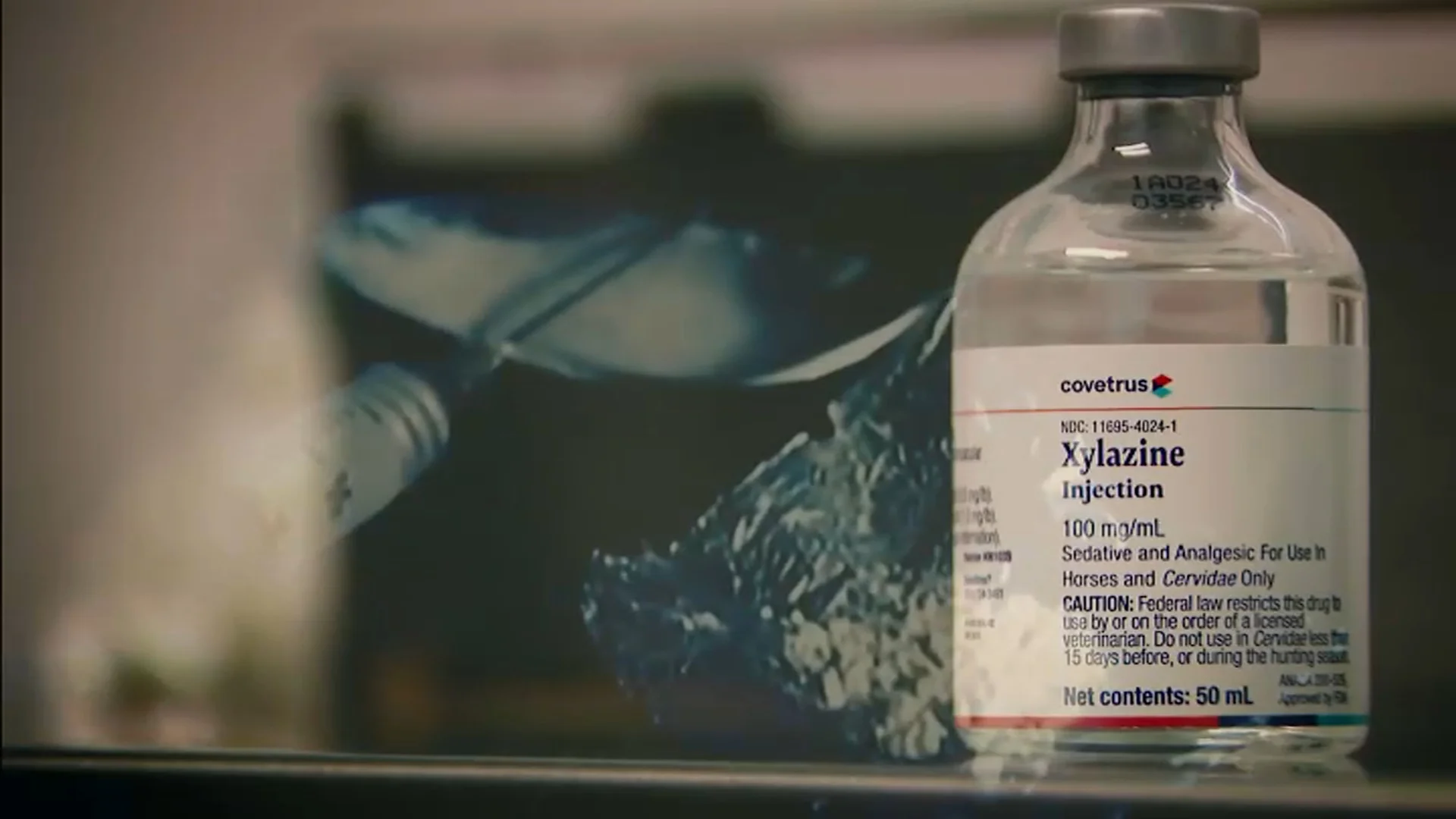As pet owners, we want nothing but the best for our furry friends. We make sure they get the best food, the best care, and the best love. However, there are things that can harm them, and one of them is xylazine.
Xylazine is a drug that is commonly used in veterinary medicine as a sedative and painkiller for animals. However, it is not without its dangers. The Drug Enforcement Administration (DEA) has recently issued a warning about the illicit use of xylazine as a recreational drug for humans. In this article, we will discuss the dangers of xylazine and why pet owners need to be aware of it.
What is Xylazine?
Xylazine is a central nervous system depressant that is commonly used in veterinary medicine. It is used to sedate animals, relieve pain, and facilitate medical procedures. Xylazine works by binding to specific receptors in the brain, causing sedation and muscle relaxation.
In veterinary medicine, xylazine is administered by injection. It is typically used in horses, cattle, and other large animals. It is not approved for use in small animals such as cats and dogs, but it is sometimes used off-label by veterinarians.
The Dangers of Xylazine
While xylazine is generally safe when used properly in veterinary medicine, it can be dangerous when misused. Xylazine has become a popular drug of abuse among humans, particularly in the United States and Mexico. It is often used in combination with other drugs such as fentanyl and heroin.
Xylazine abuse can cause a range of harmful effects, including:
- Respiratory depression
- Bradycardia (slow heart rate)
- Hypotension (low blood pressure)
- Seizures
- Coma
- Death
The DEA has reported an increase in the use of xylazine as a recreational drug in recent years, particularly in areas where fentanyl is also being abused. Xylazine is often added to fentanyl to increase its potency, leading to a higher risk of overdose and death.
Pet Owners Beware
Pet owners need to be aware of the dangers of xylazine, particularly if they live in areas where xylazine abuse is prevalent. Xylazine can be obtained illegally and can be sold under a variety of street names, including “tranq,” “horse tranquilizer,” and “sleeping juice.”
Pet owners should be vigilant when it comes to their pets’ health and behavior. Signs of xylazine toxicity in animals include:
- Disorientation
- Stumbling or falling
- Loss of consciousness
- Slow or shallow breathing
- Slow or weak heartbeat
- Seizures
- Death
If you suspect that your pet has ingested xylazine, seek veterinary care immediately. Early treatment can help prevent serious complications and save your pet’s life.
Conclusion
Xylazine is a useful drug in veterinary medicine, but it can be dangerous when misused. Pet owners need to be aware of the dangers of xylazine, particularly if they live in areas where xylazine abuse is prevalent. If you suspect that your pet has ingested xylazine, seek veterinary care immediately. By being informed and vigilant, pet owners can help keep their furry friends safe and healthy.
